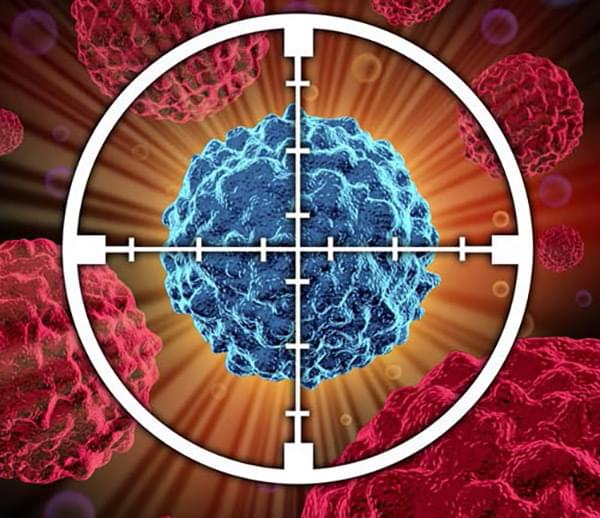Sep 15, 2023
What’s That Smell? An AI Nose Knows
Posted by Shailesh Prasad in categories: chemistry, robotics/AI
12:17 minutes.
Predicting smells is more difficult. While we know that many sulfur-containing molecules tend to fall somewhere in the ‘rotten egg’ or ‘skunky’ category, predicting other aromas based solely on a chemical structure is hard. Molecules with a similar chemical structure may smell quite different—while two molecules with very different chemical structures can smell the same.

















